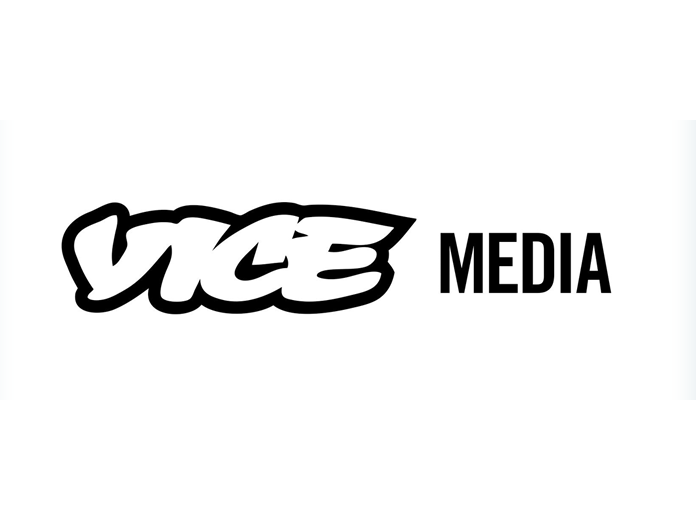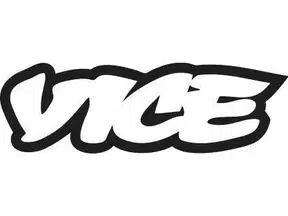Table of Contents
Founded in 1994 as a rebellious magazine in Canada, Vice Media Group LLC has eventually grown into a multimedia giant in New York City. This change led to the establishment of other ventures like Vice.com digital platform, and film and TV production through Vice Studios, its television network, now popularly known as Viceland. The growth displayed by the organization demonstrated how it could adapt and extend its brand across diverse landscapes.

The Financial Struggle
Nevertheless, Vice Media has undergone some serious problems lately. The company had to retract its news division and lay off personnel on numerous occasions. These actions were necessitated by financial difficulties that resulted in the bankruptcy filing of Vice Media in May 2023. This move underscored the financial challenges that confronted it and marked an urgent turning point in its life.
A New Era with Fortress Investment Group
In June 2023, however, there was a significant milestone when Fortress Investment Group acquired Vice Media. This was a fresh start for this organization after going through difficult times with prospects for healing the wounds. In this regard, acquiring Vice’s content and branding demonstrates intentionality following changes necessitated by financial constraints.
Strategic Reorganization and Focus Change
By February 2024, though, CEO Bruce Dixon announced further job cuts at Vice Media’s office along with a major shift in strategy- no new publications will be accepted on our flagship site, vice.com anymore! It is important to note that this decision implies aligning itself more closely with partners who perform distribution functions rather than publishing content directly as before. Therefore, it intends to restructure its business model to deal with present day economic challenges while exploring innovative avenues of doing business through content-sharing initiatives for revenue purposes.
The Transformation and Restructuring of Vice Media
Signification Renovation of Vice Media
Vice Media, which was once a digital media pioneer, is going through major changes. It has ceased publishing on its key website, vice.com, and it is currently in the process of cutting down significantly on its workforce. This follows the company’s filing for bankruptcy in United States courts before being purchased by Fortress Investment Group. Bruce Dixon, CEO, announced a strategic shift to working with other media companies to generate content for wider distribution, hence moving away from Vice’s traditional operational model.
Financial Challenges That Have Led to Drastic Measures
The main cause of all these changes has been the inability of some previous modes used by Vice Media to distribute their content financially, thus leading them into such situations. Their usual approach involved high costs, which necessitated them to re-strategize, thereby causing unfortunate job losses to many employees. Also, there are discussions within Vice Media concerning selling off certain units that would make it more streamlined and stop pressure on finance.
How a Cult Magazine Became One of the World’s Largest Media Giants
Founded as an unorthodox magazine in 1994, Vice Media grew into a global multimedia conglomerate valued at several billions. Being bold and aimed at youths, this brand became iconic, having built up a huge audience over the years. Nevertheless, there have been numerous financial problems encountered along the way with unsuccessful efforts aimed at going public serving only to complicate the path towards profitability.
A Way Through Choppy Waters
Vice Media aims to adapt itself to be congruent with fast-changing conditions within the media industry as it confronts these challenges head-on. Creating alliances regarding content dissemination and simplifying operational modalities will enable Vice to come up with viable alternatives. In order for any business entity to like what happens in the modern-day journalism landscape, changeability, and tactical moves must brace themselves against economic obstacles while still leveraging their distinct voice.
The Downfall of Vice Media: A Critical Review
Obstacles Facing Vice Media
Vice Media, a company that is known for its appealing news and entertainment for the youth, finds itself in a quagmire. As part of an effort to salvage the situation, the company has abruptly ceased updating its flagship website and laid off many employees. This has resulted in filing for bankruptcy by Vice Media as it was impossible to cope with this financial instability. Despite attempts to reduce costs, including some show cancellations, they still failed to achieve their target financial recovery.
Change in Business Strategy
As a result of these difficulties, Vice Media’s CEO has made a strategic shift. They are now partnering with outside media companies. They used to publish on their own platform, as was the tradition. The move signals a departure from Vice’s old ways. This shift comes with staff cuts. The cuts reflect wider trends in the media industry. Media firms are grappling with similar financial problems. Thus, it shows that revenue models fail. This is especially true for print advertising. They continue to fail in the digital era. This is because consumers prefer online news.
The Journey of Vice Media
Having originated in Canada as a niche magazine back in 1994, Vice Media grew into a multimedia company carrying several types of media, including articles, videos, and podcasts. More than that, though, there remains something much more fitting when considering how much they have extended their operations into digital ones because now referring them only as an online magazine would not be accurate enough but rather an internet-based multimedia conglomerate.
Digitalization and Its Consequences
The path from being just another monthly publication into one of the most dominant forces in digital content mirrors similar developments across the entire industry, where media outlets adapt to changing consumption patterns preferring online content delivery channels. However, such a transition entails severe financial challenges exemplified by what led Vice to these recent problems. By highlighting changes like these, the story of Vice Media shows the changing nature of media and how business models are being sought in the digital era.
Conclusion: Vice Media at a Crossroads
Innovation and adaptability are the hallmarks of Vice Media’s transformation. They changed from an eccentric magazine to a global digital media company. But, the firm’s recent money problems reveal larger issues. They face today’s media industry. Additionally, its reorganization presents similar challenges. Vice Media shows the complex dynamics of running media businesses. This is in an age dominated by digital information consumption. They navigate financial turbulence by making new distribution partnerships. They also start fresh. Vice Media is working hard to find its place. But, it has no clear future. This is because it is in a fast-changing global media landscape.



